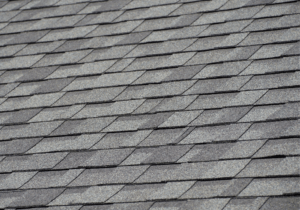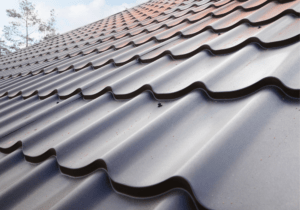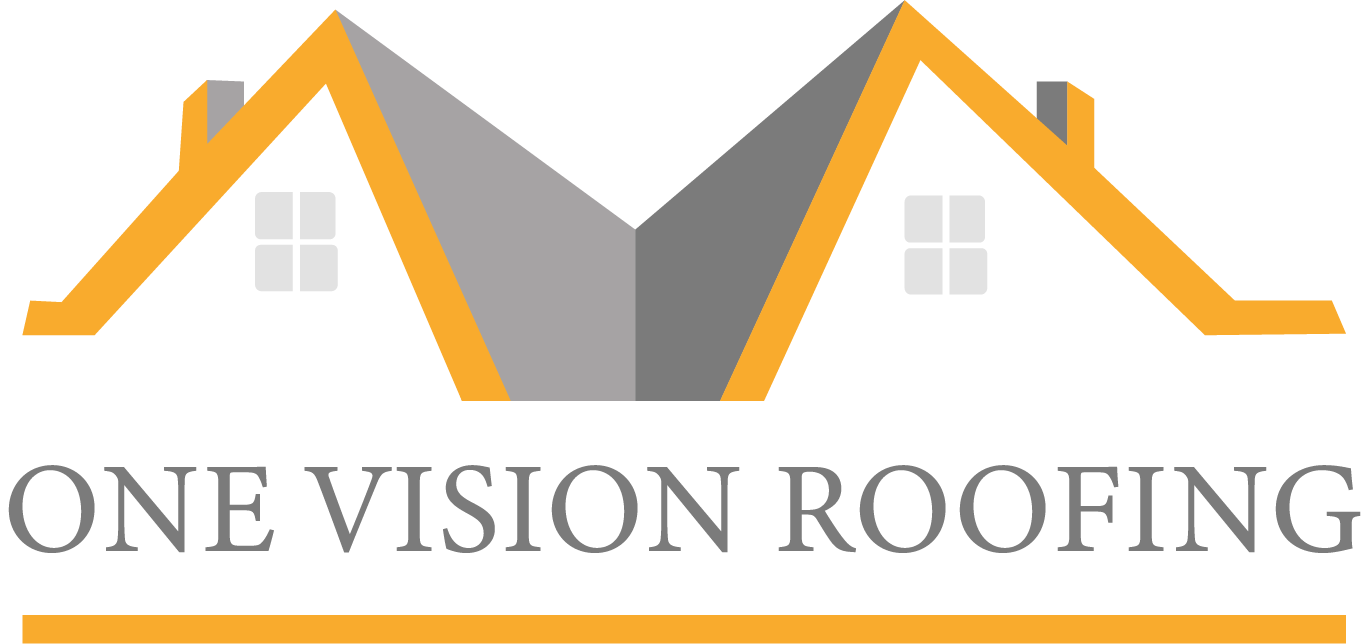When it comes to designing or choosing a home, the roof plays a pivotal role not just in safeguarding against the elements but also in defining the architectural aesthetics of the structure. Each type of roof has its characteristics, benefits, and suitable applications. In this overview, we explore five popular types of roofs: Gable, Hip, Flat, Shingles, and Metal. Understanding the distinct features of these roof types can help homeowners, builders, and architects make informed decisions tailored to their specific needs and preferences.
1. Gable Roof
 The Gable Roof, recognized by its triangular shape, is one of the most traditional and widely used roof styles across various climates and architectural designs. Its steep pitch facilitates excellent water and snow runoff, making it an optimal choice for regions with heavy rain and snowfall. The simple design not only contributes to a lower construction cost but also provides more space for an attic or vaulted ceilings, enhancing ventilation within the home.
The Gable Roof, recognized by its triangular shape, is one of the most traditional and widely used roof styles across various climates and architectural designs. Its steep pitch facilitates excellent water and snow runoff, making it an optimal choice for regions with heavy rain and snowfall. The simple design not only contributes to a lower construction cost but also provides more space for an attic or vaulted ceilings, enhancing ventilation within the home.
2. Hip Roof
Characterized by slopes on all four sides that come together at the top to form a ridge, Hip Roofs offer both aesthetic appeal and practical benefits. The symmetry of a Hip Roof provides stability and resistance to strong winds, making it a favored option in hurricane-prone areas. Though it may require more materials and complex construction methods compared to a Gable Roof, the enhanced durability and protection against the elements are well worth the investment.
3. Flat Roof
Despite the name, Flat Roofs have a slight pitch to allow for water drainage. Modern, minimalist architectural styles often feature Flat Roofs, highlighting their sleek and straightforward design. This roof type opens up possibilities for usage, including rooftop gardens, patio spaces, or solar panel installations, effectively utilizing otherwise wasted space. Flat Roofs may require more frequent maintenance to ensure water integrity, making them more common in commercial buildings than residential homes.
4. Shingle Roof
Shingle Roofing, while not a roof style in itself, refers to the use of overlapping elements to cover the roof structure. Shingles can be made from various materials, including asphalt (the most common), wood, slate, or composite materials, offering versatility in appearance and price points. The overlapping installation method provides excellent waterproofing characteristics, while the diverse material options allow for customization to complement any architectural design. Asphalt shingles, in particular, are celebrated for their cost-effectiveness and ease of installation.
5. Metal Roof
 For those seeking durability and energy efficiency, Metal Roofs are an increasingly popular choice. Available in sheets or tiles, metal roofing materials include steel, aluminum, copper, and zinc, each offering unique aesthetic qualities and lifespan benefits. Metal Roofs reflect sunlight, reducing cooling costs during warmer months, and are capable of withstanding high winds, heavy snowfall, and rain. Although the initial investment is higher, the longevity and minimal maintenance of Metal Roofs can result in significant long-term savings.
For those seeking durability and energy efficiency, Metal Roofs are an increasingly popular choice. Available in sheets or tiles, metal roofing materials include steel, aluminum, copper, and zinc, each offering unique aesthetic qualities and lifespan benefits. Metal Roofs reflect sunlight, reducing cooling costs during warmer months, and are capable of withstanding high winds, heavy snowfall, and rain. Although the initial investment is higher, the longevity and minimal maintenance of Metal Roofs can result in significant long-term savings.
Selecting the right roof type is a critical decision that impacts the architectural beauty, functionality, and resilience of a building. From the classic charm of Gable and Hip Roofs to the modern efficiency of Flat and Metal Roofs, and the versatility of Shingle Roofing, there exists a suitable option for every climate, style preference, and budget. By weighing the advantages and limitations of each roof type, individuals can make choices that enhance both the aesthetic appeal and structural integrity of their homes or buildings.
